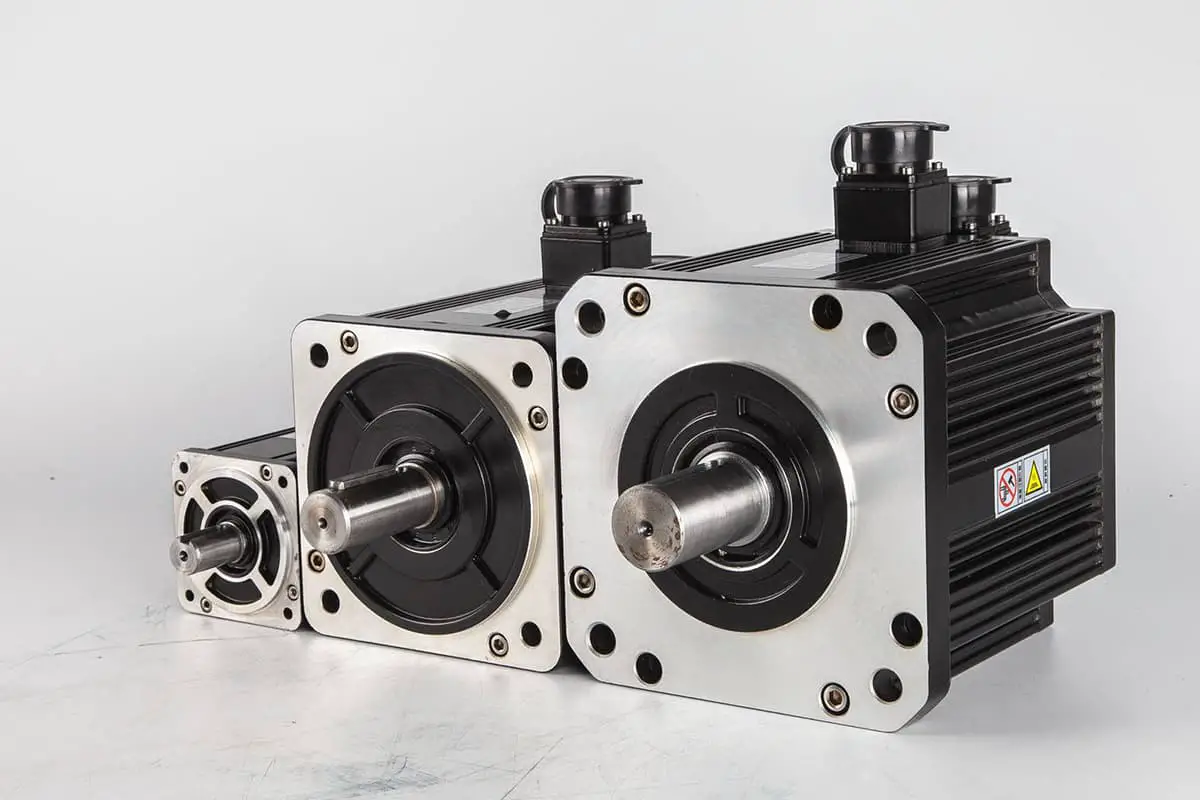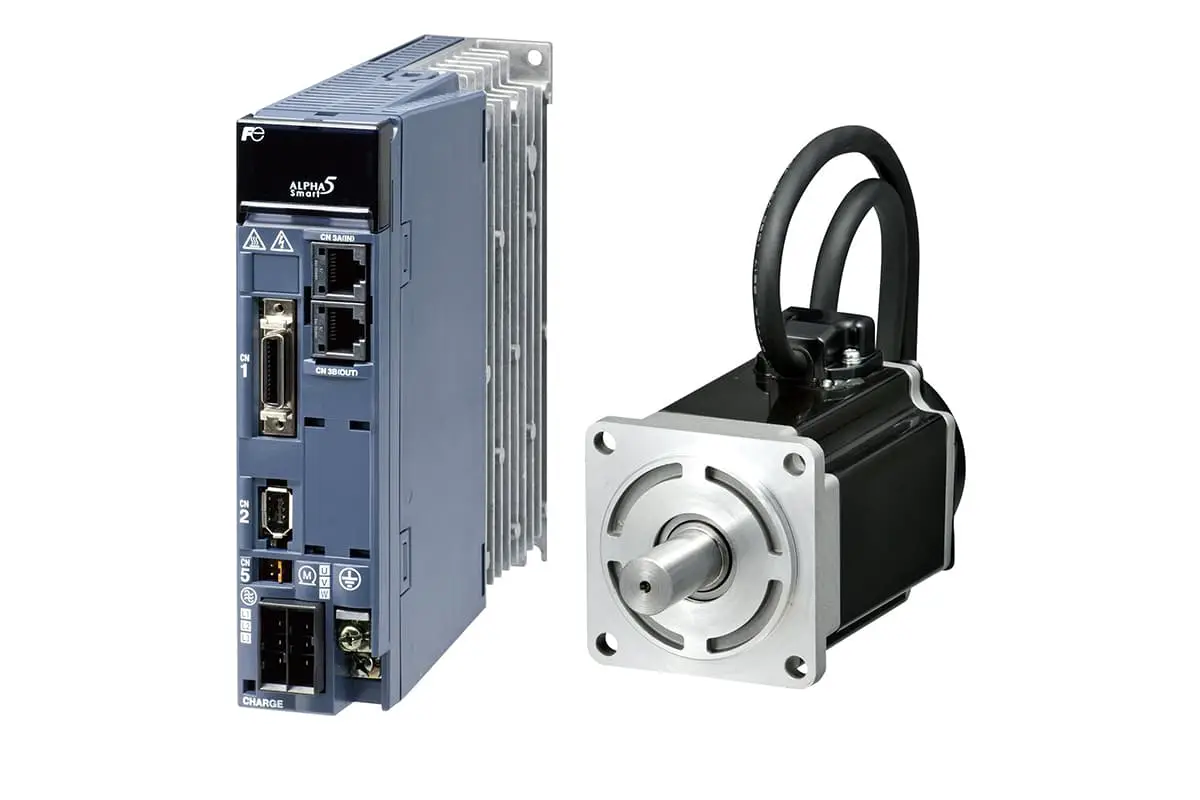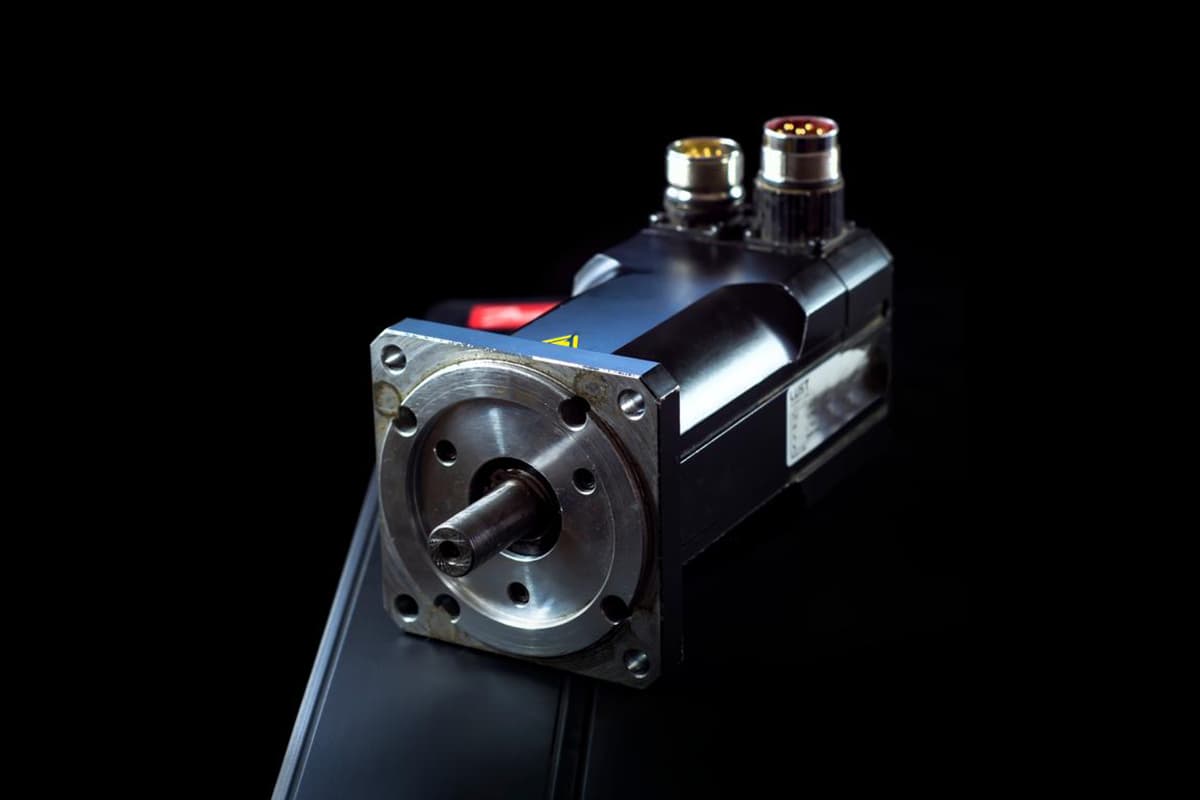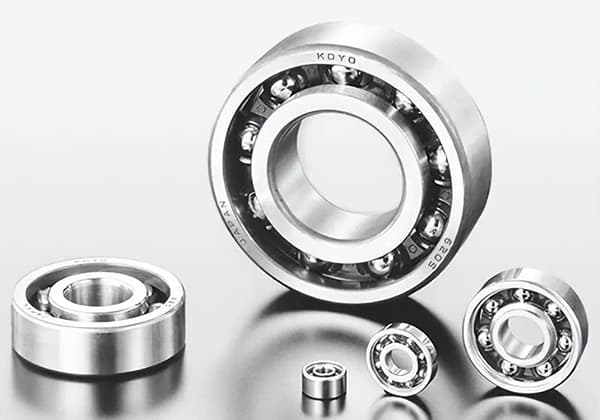
What happens when a motor spins? The answer lies in understanding motor inertia—a key factor that determines how a motor responds to control inputs. This article explores the concept of motor inertia, its impact on control systems, and practical methods to measure and manage it. By the end, you’ll gain insights into optimizing motor performance for precision applications.

Motor inertia refers to a measure of the physical construction of a motor, describing the resistance it possesses when it rotates.
This concept is typically used to describe the inertia of various components in a mechanical motion system, including the rotor, shaft, gears, etc.
In domains such as servo systems, robotics, and automated production lines, accurately measuring and controlling motor inertia is crucial for achieving high precision control and movement.

Motor inertia refers to the inertial properties of the motor’s rotor during rotation, and its magnitude is closely related to the rotor’s mass, size, structure, and rotation state. Motor inertia is typically represented in the form of angular momentum with the unit kg·m².
In practical applications, the magnitude of motor inertia significantly impacts the response speed and stability of the control system. If the motor inertia is too large, it will cause the control system to respond slowly, thereby affecting the control effect.
Therefore, it is necessary to fully consider its inertia when designing a motor and adopt corresponding measures to reduce the size of motor inertia.
Typically, the measurement of motor inertia can be achieved through experimental methods.
Generally speaking, a force sensor or a torque sensor needs to be installed on the motor shaft.
Then, an initial torque is applied to the motor, the angle and the time of the motor rotation are recorded, and the size of the motor inertia is calculated. Besides, a dynamic simulation method can be used for estimation, i.e., the size of motor inertia can be deduced through a mathematical model.
Motor inertia is an important parameter in servo systems, directly affecting the performance and accuracy of the control system. If the motor inertia is too large, it will lead to slow response of the control system, thereby affecting its control effect.
Conversely, if the motor inertia is too small, it will make the control system overly sensitive, making it difficult to control the movement state.
Therefore, when designing a servo system, the size of motor inertia needs to be fully considered, and the control algorithm and parameter settings need to be adjusted according to the specific application scenarios.
Several common methods can be chosen to reduce the size of motor inertia.
Firstly, a lightweight design approach can be adopted, such as using high-strength materials and optimizing the structure to reduce the internal inertia of the motor.
Secondly, a reduction device can be used to lower the motor load factor, which can reduce motor inertia. Of course, control algorithms can be used to implement inertia compensation, such as predictive control, adaptive control, etc., to improve the system’s response speed and accuracy.
In conclusion, motor inertia is an important parameter in servo systems, directly influencing the performance and accuracy of the control system.
In practical applications, the appropriate type and specification of the motor need to be chosen based on specific situations to meet different application needs.
In the field of industrial automation and robotics, servo systems have become an important technical means, widely used in various high-precision motion control scenarios.
In the design and implementation process of servo systems, fully considering the size and impact of motor inertia is crucial for achieving efficient, high-precision motion control.
Therefore, in future research and development, we need to explore the characteristics and impact of motor inertia more deeply, and in combination with actual application scenarios, continuously improve the control accuracy and stability of servo systems, and promote the development of industrial intelligence and digitization.


